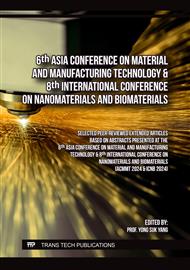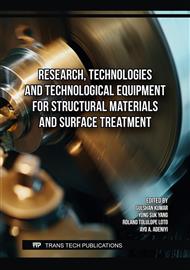p.41
p.57
p.67
p.79
p.89
p.101
p.107
p.115
p.123
Influence of Glass Cloth in Build-Up Layer on Cu Direct Laser Via-Hole Drilling for Multi-Layer Printed Wiring Boards
Abstract:
The purpose of this study is to clarify the effect of the sparsity of the glass cloth that makes up the printed wiring board (PWB) on the shape of the laser-processed holes. In addition, pyrolyzed resin and hot glass fibers are ejected during processing. We investigated how this phenomenon changes depending on the position of laser irradiation on the glass cloth. PWBs consist of copper foil and insulation layers, which are composite materials composed of a glass cloth and epoxy resin. Because materials with different physical properties are processed simultaneously, the processing phenomena become extremely complex. In this study, we removed the copper foil by etching and performed laser drilling only in the insulation layer to investigate the effect of glass fibers on the shape of the machined holes. Simultaneously, the relationship between the shape of the machined hole and the ejecta generated during machining was investigated using a high-speed camera to capture images of the ejecta generated during machining. As a result, it was found that the diameter and roundness of the machined hole changed depending on the sparseness and density of the glass cloth. In addition, it was found that there are two mechanisms for the removal of glass cloth and that these mechanisms change the shape of the machined hole. Finally, it was found that these changes in the shape of the machined hole could be inferred from the ejecta.
Info:
Periodical:
Pages:
123-129
Citation:
Online since:
May 2025
Authors:
Keywords:
Price:
Сopyright:
© 2025 Trans Tech Publications Ltd. All Rights Reserved
Share:
Citation:



